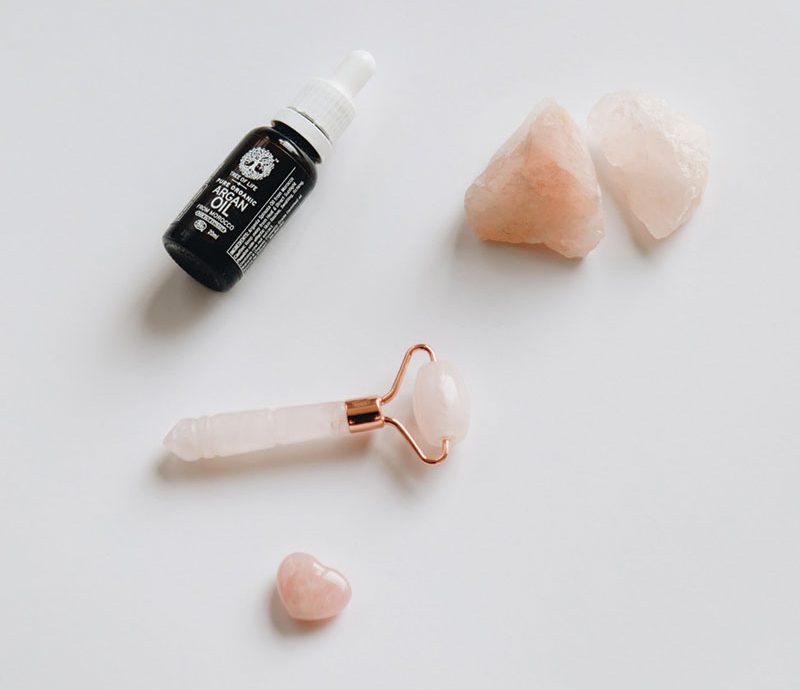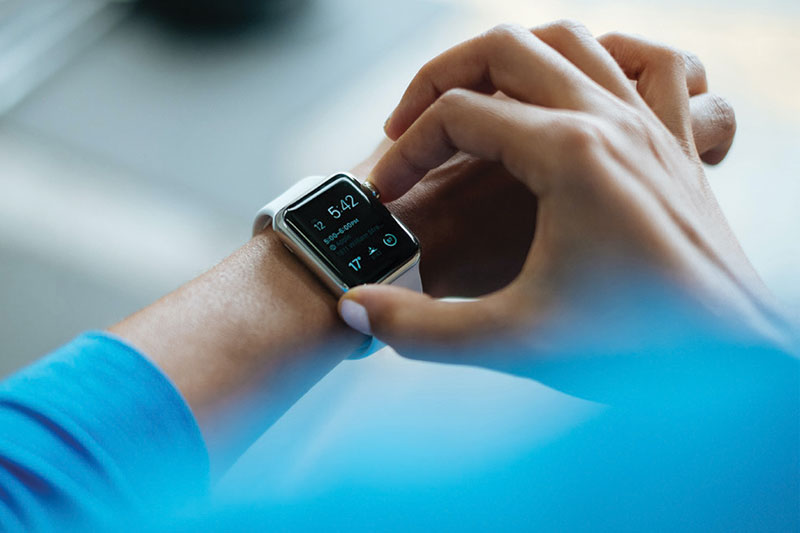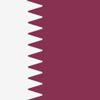Wellness

Yoga, spa visits, spiritual retreats, weight loss – the term ‘wellness’ is a broad one, with different people defining it differently.
But one thing’s certain: as the pandemic continues to wreak havoc across the globe, our desire – and need – for all wellness tools, techniques, and practices is higher than ever before. Hence the following trends.
Back to Basics
Life may have gotten more complicated thanks to a little thing called coronavirus, but wellness is headed in a refreshingly simple direction. In 2021, we’ll continue to find joys in the simple things like baking, bubble baths, and DIY skincare – just about anything that can be executed at home. More of us will also do less. That means bootcamp sessions will be replaced with yin yoga sessions, flexitarian diets will overtake restrictive diets, and we’ll turn our homes into our wellness sanctuaries as opposed to shelling out for pricey vacations and retreats. Long story short, wellness won’t feel as elitist as it did before.

Digital Detox
The pandemic practically wiped out any hope for work-life balance, with many reporting that they were not only working longer hours at home, but also attending more (virtual) meetings and logging in at odd hours. Pair that with extended periods in the company of Netflix – yes, I’m still watching – out of sheer boredom, and we collectively suffered from dry eyes, prematurely ageing skin, headaches, and insomnia. The year ahead, however, will see us be more savvy about screen fatigue, setting healthy boundaries with technology in order to reduce screen time. But you don’t have to go in search of fancy wellness retreats that enforce tech detox days. Start small by turning your cell phone off at the dinner table and ask your family to do the same.
Small Picture
Gone are the days when all we tracked was our steps. In 2021 and beyond, we’ll be micro-tracking, keeping a closer eye on things like pulse oximetry, heart rate variability, skin temperature, glucose monitoring, body composition, and more as technology in this area advances. It’s no surprise that the latest generation of wearables will track stress and anxiety levels. Case in point? The Apple Watch Series 6. Not only does this nifty timepiece monitor your blood oxygen level, but with the help of the ECG app, it’s capable of generating an ECG similar to a single-lead electrocardiogram. Cove, meanwhile, is a neckband that activates the part of your brain that regulates anxiety by using gentle vibrations behind the ears to trigger your body’s response to affective touch. What will they think of next?

Mind Over Matter
Talking about mental health is no longer taboo as a result of the pandemic – high time, too. In fact, it now ranks high on our list of priorities as people worldwide have tackled stress and anxiety caused by unemployment, financial issues, loneliness, and ailing loved ones. As a result, awareness around practices such as meditation and journaling will rise, support groups and mindfulness apps will gain popularity, and turning to therapy will become the norm. And speaking of which: expect an upward trend in the likes of virtual therapy as the pandemic has proved that you no longer need to lie on a couch in a therapist’s office to seek help.
The Great Outdoors
Whether due to government-imposed lockdowns or just plain caution, we spent most of 2020 indoors, giving us a greater appreciation of the great outdoors. Fitness enthusiasts turned to al fresco sweat sessions, many skipping online exercise classes in favour of cycling, walking, running, and even stretching outside. And because necessity is not the mother of invention, gyms and other fitness studios will continue to offer socially distanced activities like yoga sessions on the beach or HIIT workouts in the park in 2021, thereby expanding their operations and keeping their clients safe in the open air. Win-win. ✤






























